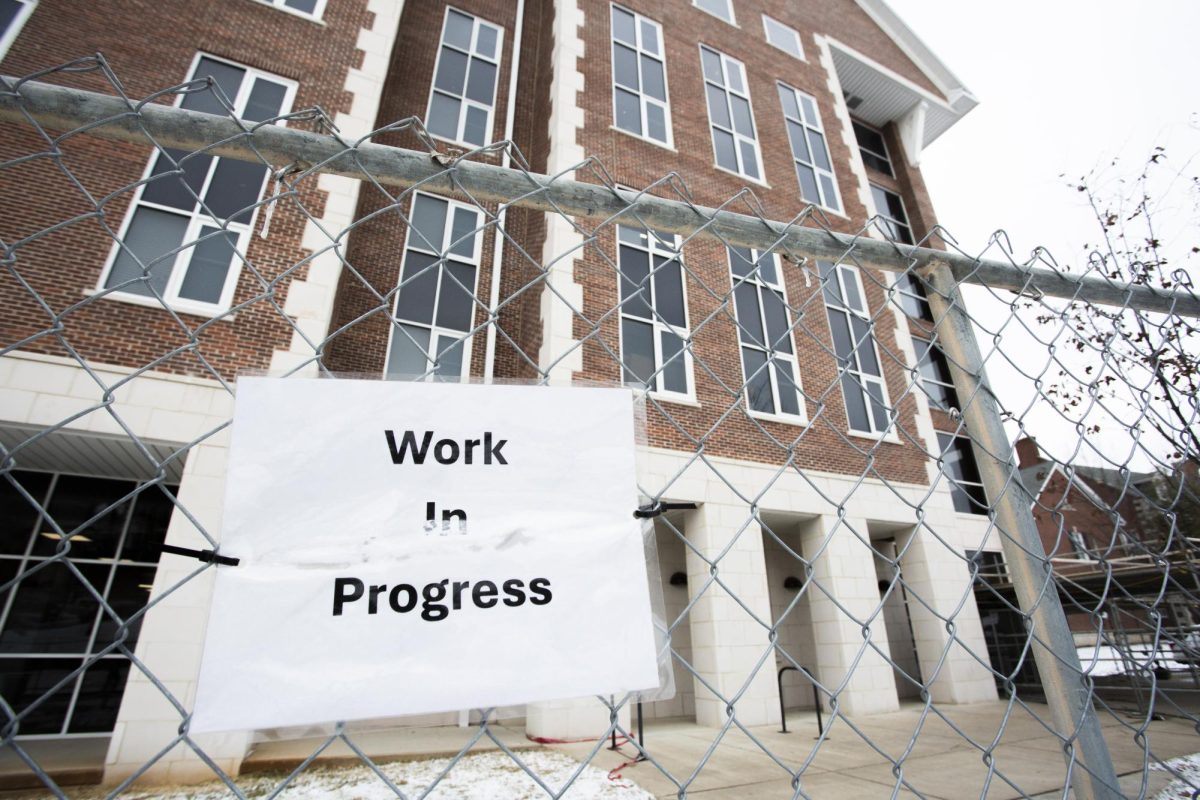Gender wage gap lower than national average
October 19, 2010
Among WKU faculty, women make 82 cents for every dollar a man makes, according to calculations on data in the WKU Fact Book.
At WKU, full-time male faculty members made more than full-time female faculty in each rank this past school year, for an overall average of $12,000 more, according to the Fact Book.
Nationally, among men and women employed full-time, women make about 77 cents for every dollar a man makes, a number that hasn’t changed much in the last 10 years, said Kristi Branham, assistant professor of women’s studies.
There has long been a debate about why the wage gap exists, Branham said.
She said sexism is a factor, because jobs that get typed as male, such as a truck driver, often get paid more than those that get typed as female, such as a secretary.
Also, generally speaking, men are socialized to be better negotiators, so in a job where the salary is negotiable, like a faculty member, men might be able to negotiate a better salary than women, Branham said.
She said faculty in disciplines that are often dominated by males, such as engineering, tend to get paid more than disciplines with more female faculty, such as the humanities.
At the professor and associate professor levels, males made about $5,000 more than females.
At the assistant professor level, males made about $2,000 more than females.
At the instructor level, males made about $700 more than females.
The average salaries of male and female faculty at the same rank will be more comparable than all faculty salaries, simply because one is comparing like levels, said Gina Huff, a database analyst for Institutional Research.
With more males in the professor and associate professor ranks and a higher concentration of females in the assistant professor and instructor ranks, the overall difference appears to be greater due to the differences in their positions, she said.
According to 2009 information from Institutional Research, there were 109 male professors at WKU, as opposed to 43 female professors, and 118 male associate professors as opposed to 75 female professors.
Richard Miller, associate vice president for Academic Affairs, said one must be careful when looking at averages like those found in the Fact Book.
“You can’t just look at the numbers and make decisions,” he said.
Miller said that before concluding there’s a salary gap based on gender, it’s important to look at how long faculty members have been at WKU and in that rank.
Since male and female faculty salaries are more equal at the instructor and assistant professor level, it could be that the male professors and associate professors have just been here longer on average than the females at that level, Miller said.
“I think there is a salary gap, but we have to try and analyze further to get a clearer picture,” he said. “You cannot take what you see in the Fact Book and make a definitive conclusion.”
The issue of salary disparity is an important one, and something that administrators “must keep on the table,” Miller said.
If analysis revealed the salary gap was based on gender, it would become a budget issue and the provost would have to put together a plan to adjust salary differences, Miller said.
Branham said it could be true that male faculty have been at WKU and at higher ranks longer than women, but that could mean women haven’t been taken as seriously and don’t advance as quickly as men.
Branham said she doesn’t see society resolving the wage gap problem anytime soon, as long as the workforce is set up in masculinist terms.
“The wage gap is a result of and reinforcement of a patriarchal society,” she said.













